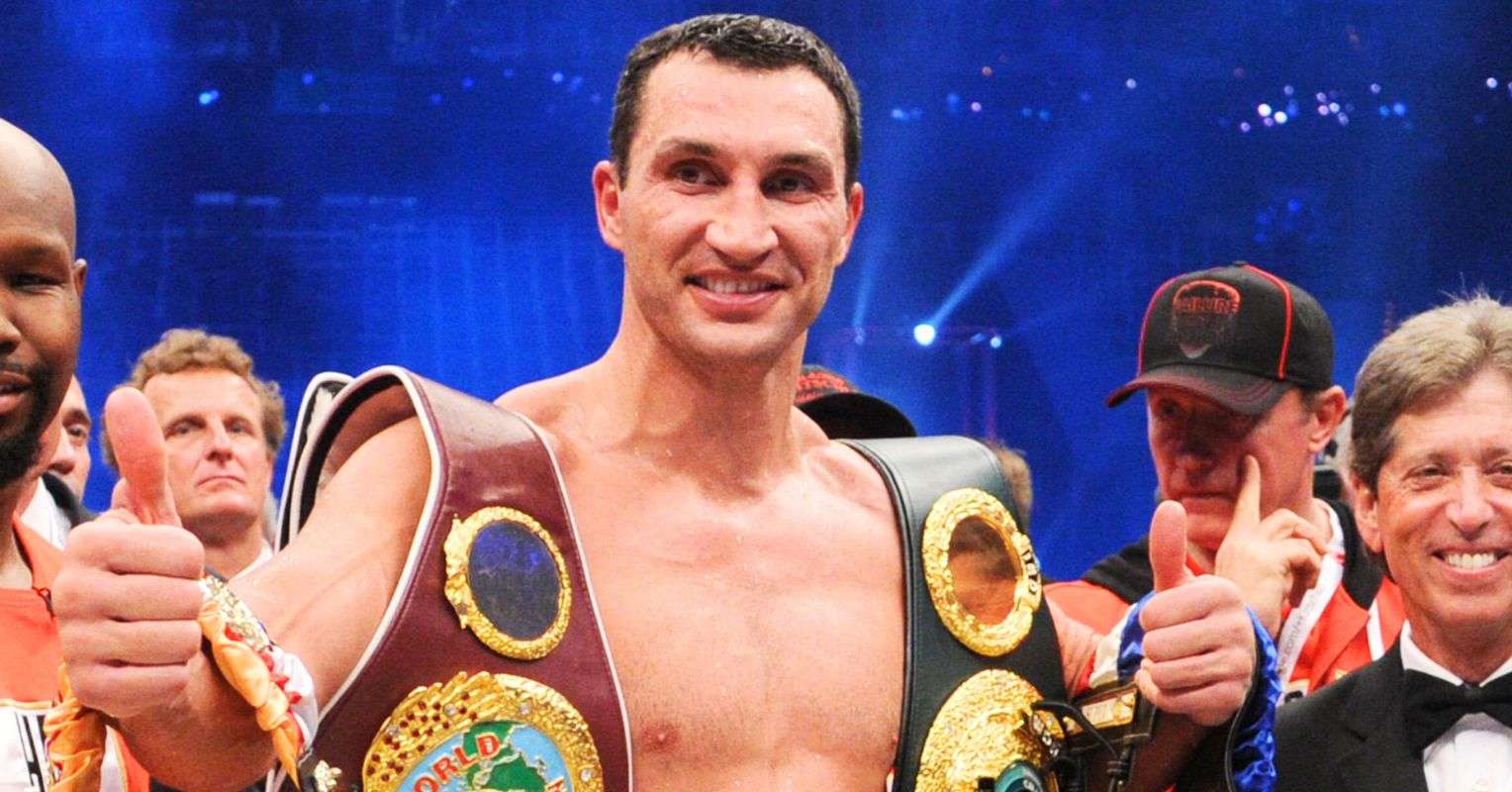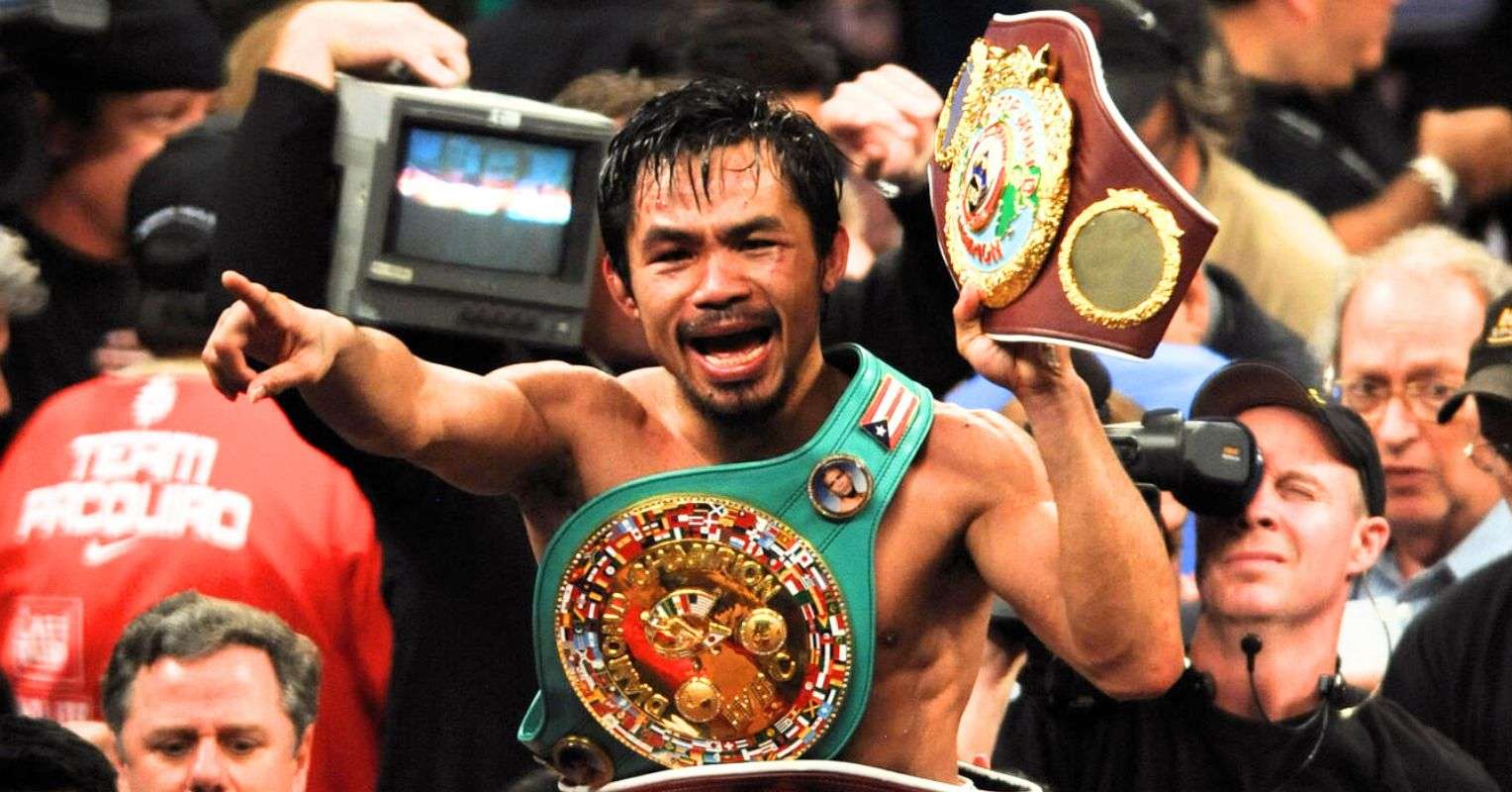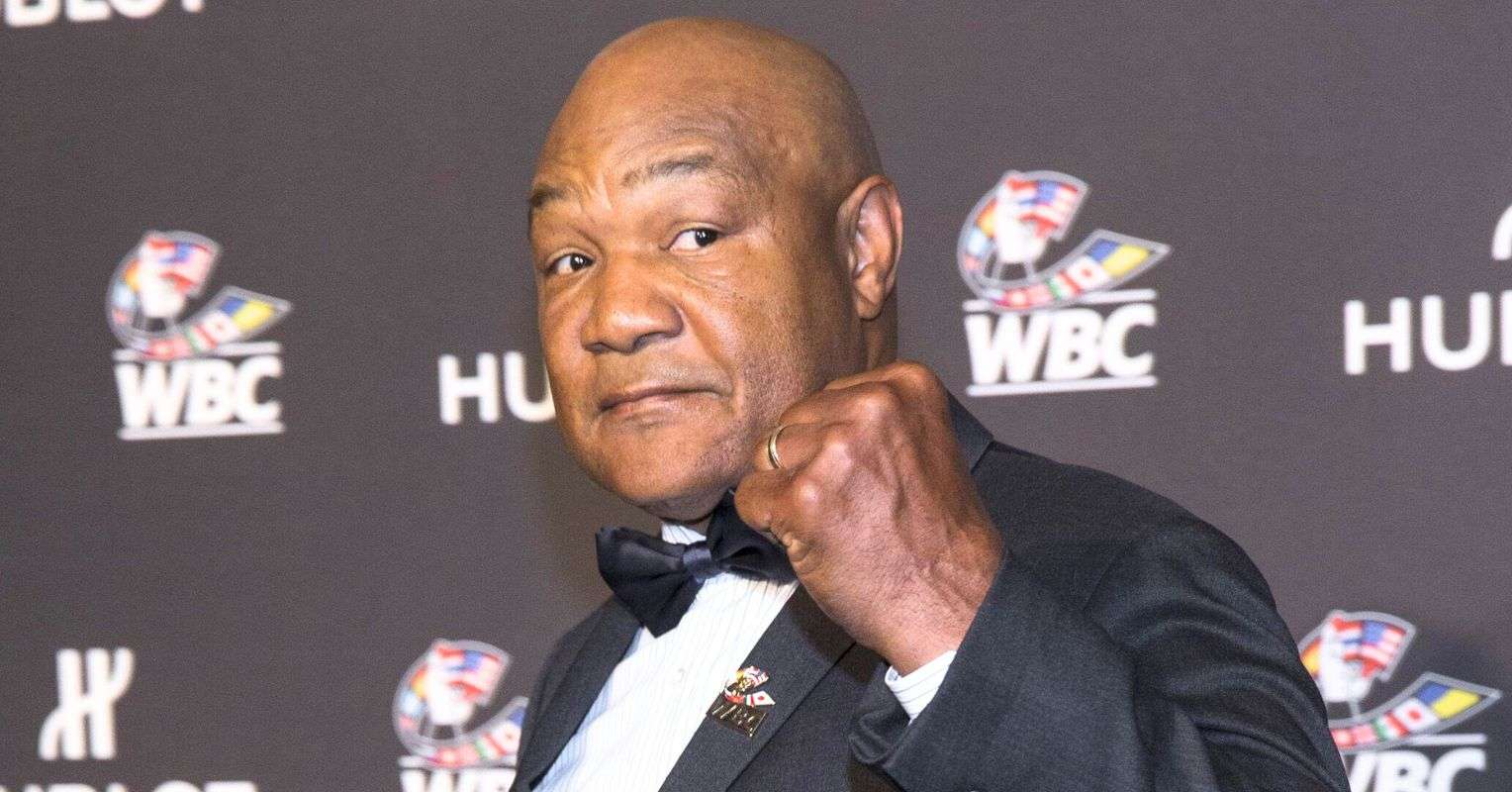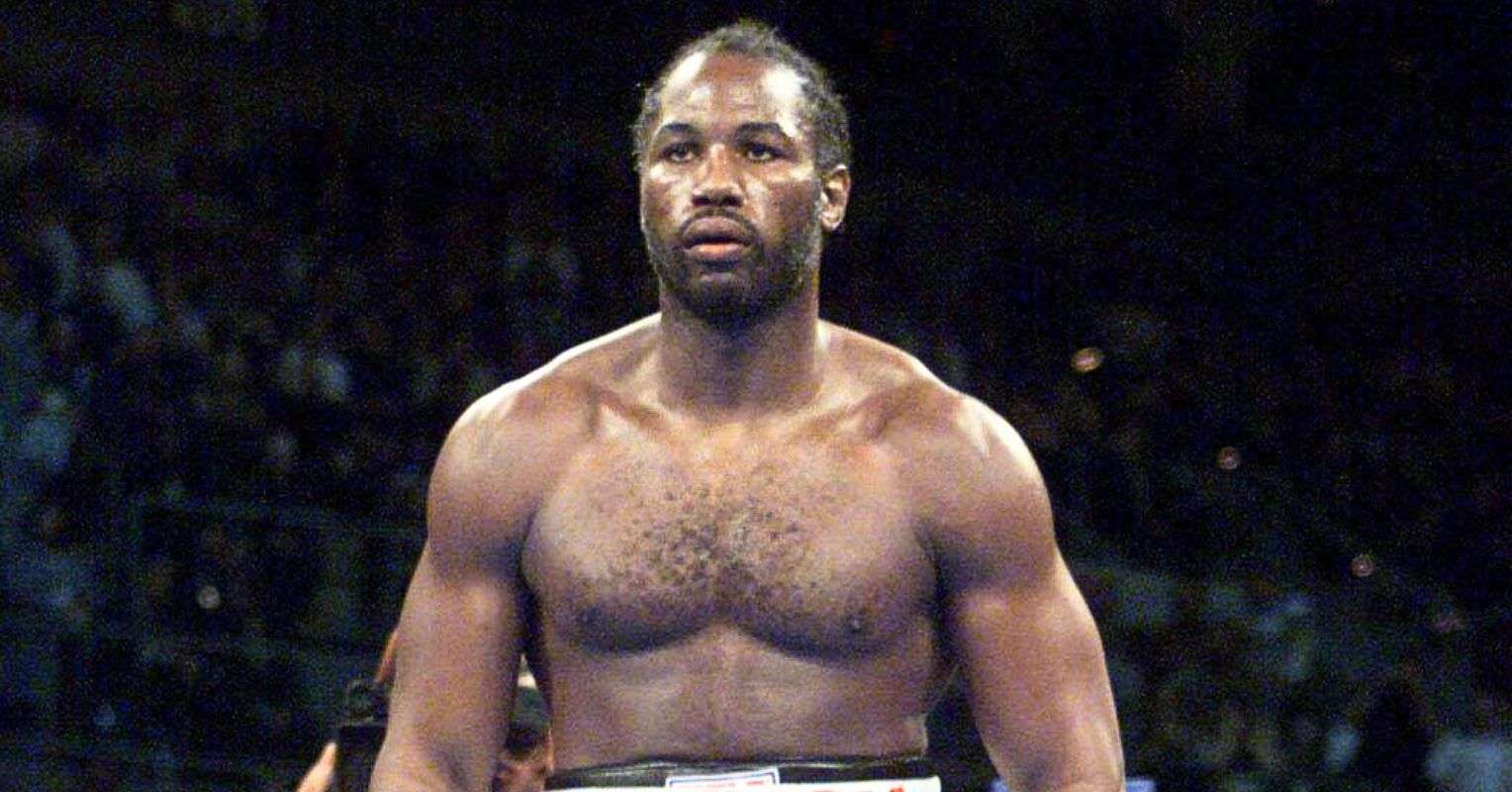Merriam-Webster Dictionary defines the word “heel” as a contemptible person. This term is popular in professional wrestling, where heels are antagonists, who play the “villain” or “bad guy” role against protagonist wrestlers, considered to be “heroes” or “good guys” to the audience.
Heels either fight dirty or display attitudes that engage the fans’ scorn. Heels also serve to further wrestling’s story lines, to provide drama and to define the balance between good and evil.
Professional boxing has it heels too. Boxing’s heels aren’t necessarily guys who use illegal tactics in the ring or engage in criminal activity. In American boxing, heels tend to be the exceptionally talented and successful black fighters who dare to have personalities defiant to what fans want to see in fighters they like.
Legends like Jack Johnson, Sugar Ray Robinson, and Muhammad Ali were perceived by the majority of the boxing public to be everything wrong with the sport in their heyday.
They were all audacious personalities. Johnson trolled the conventions of racial hierarchy with his daringly provocative lifestyle which, at the time, could have resulted in death.
Robinson was a shrewd businessman and negotiator, who would hold out until minutes before a bout to ensure his earnings were on par with his expectations. Ali refused to be drafted into the war as a conscientious objector based on his religious beliefs, despite the United States denying his legitimacy to do so.
Not all exceptional black fighters were viewed as heels. Joe Louis, the heavyweight legend and hero, had an overall positive reception during his tenure as the Heavyweight champion.
It should also be mentioned that Louis was given a list of rules to follow from his handlers and managers to ensure that positive public image. Louis’s managers knew from Johnson’s run as heavyweight champ, that in order to get an opportunity at the belt, Louis had to be the polar opposite of Johnson.
Louis’ managers advised him to never take pictures with white women, and to never gloat over a white opponent in order to keep in the good graces of the public.
After Louis’s reign was over, the boxing public expected black champions in boxing to follow this mold.
This explains why the defiant natures of Robinson and Ali weren’t necessarily calculated affronts to boxing and its fans’ wishes. Their mere existence in those positions of authority made them defiant, just by being themselves.
By using the leverage they gain through boxing to do things the way they see fit, heels oddly become more popular and successful through infamy. Ironically, the majority of fans at odds with heels are still willing to pay their hard earned money to see them perform, in the hopes of seeing them defeated, humbled and put in their place.
Race is an important consideration in playing the heel. As uncomfortable as addressing this elephant in the room can be –race has always been an in important theme in boxing.
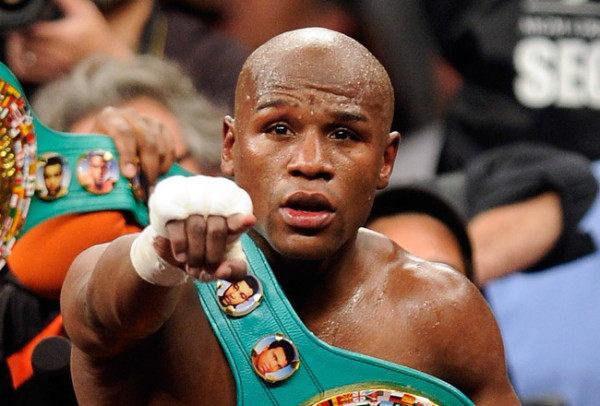
Photo by Ethan Miller/Getty Images
Whether it was the historic color line that segregated the sport, its use to promote a fight, or the tribalism boxing unequivocally brings out of it fans; race has always existed in the underbelly of boxing, maximizing profits and interest in the sport.
Looking at the sweet science today, is there any surprise that the biggest star of the sport is a heel?
Floyd Mayweather is the most successful and polarizing figure in boxing. Love him or hate him, he is the biggest attraction in the sport.
When juxtaposed with other top ten pound-for-pound black fighters like Andre Ward and Timothy Bradley—who aren’t making anything close to the paydays or sellout crowds that Mayweather enjoys—it’s very difficult to argue against playing the heel as the most successful business model for exceptional black fighters who have yet to reach their megastar potential.
